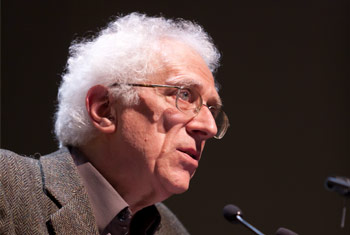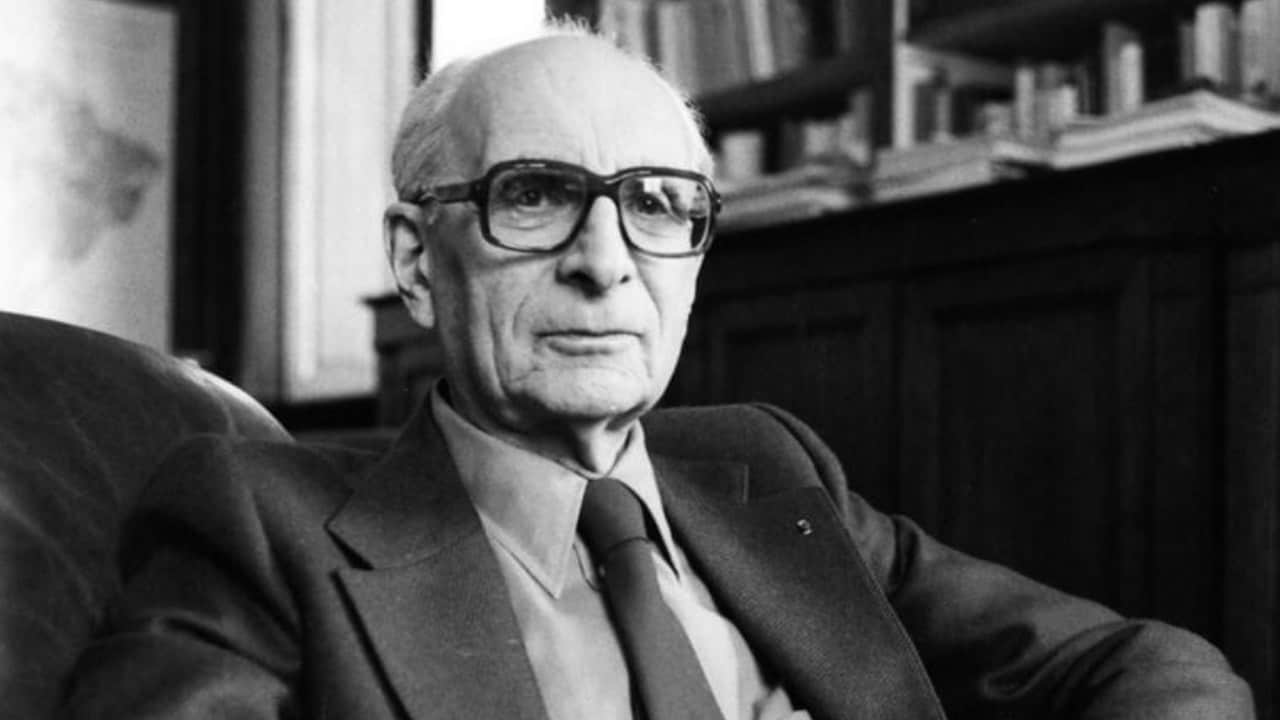TZTEVAN TODOROV

Most stories are linear and are broken down into a beginning, middle, and end. The Bulgarian structuralist theorist, Tztevan Todorov, presents this idea as:
– Equilibrium (the story constructs a stable world at the outset of the narrative. Key characters are presented as part of that stability.)
– Disruption (oppositional forces – the actions of a villain, perhaps, or some kind of calamity – destabilise the story’s equilibrium. Lead protagonists attempt to repair the disruption caused.)
– New Equilibrium (disruption is repaired and stability restored. Importantly, the equilibrium achieved at the end of the story is different to that outlined at the start. The world is transformed.)
VLADIMIR PROPP

Todorov was hugely influenced by the Russian literary theorist, Vladimir Propp, and his highly influential 1929 book, Morphology Of The Folktale, in which Propp arrived at the conclusion that folk tales drew from a highly stable list of characters whose roles and narrative functions he defined:
– The Hero (Propp identifies two significant types of hero – the seeker hero, who relies more heavily on the donor to perform their quest, and the victim hero, who needs to overcome a weakness to complete their quest.)
– The Villain (fights or pursues the hero and must be defeated if the hero is to accomplish their quest.)
– The Princess and the Princess’s Father (the princess usually represents the reward of the hero’s quest, while the princess’s father often sets the hero difficult tasks to prevent them from marrying the princess.)
– The Donor (provides the hero with a magical agent that allows the hero to defeat the villain.)
– The Helper (usually accompanies the hero on their quest, saving them from the struggles encountered on their journey, helping them to overcome the difficult tasks encountered on their quest.)
– The Dispatcher (sends the hero on his or her quest, usually at the start of the story.)
– The False Hero (performs a largely villainous role, usurping the true hero’s position in the course of the story. The false hero is usually unmasked in the last act of a narrative.)
CLAUDE LEVI-STRAUSS

Claude Levi-Strauss, a French anthropologist and ethnologist, examined the structure and narratives of myths and legends from around the world, such as the tribal stories of the Amazonian rainforest or the ancient myths of Greece). He ventured out to uncover the hidden rules of storytelling, in order to diagnose the essential nature of human experience, and believed that common themes and tropes found in these stories would reveal essential truths about the way the human mind structures the world. He suggested that myths were used to deal with the contradictions in experience, to explain the apparently inexplicable, and to justify the inevitable.
SEYMOUR CHATMAN

The American film and literary critic, Seymour Chatman,
Kernels
Satellites
ROLAND BARTHES

Proairetic Code
Hermenuetic Code
Enigma Code
